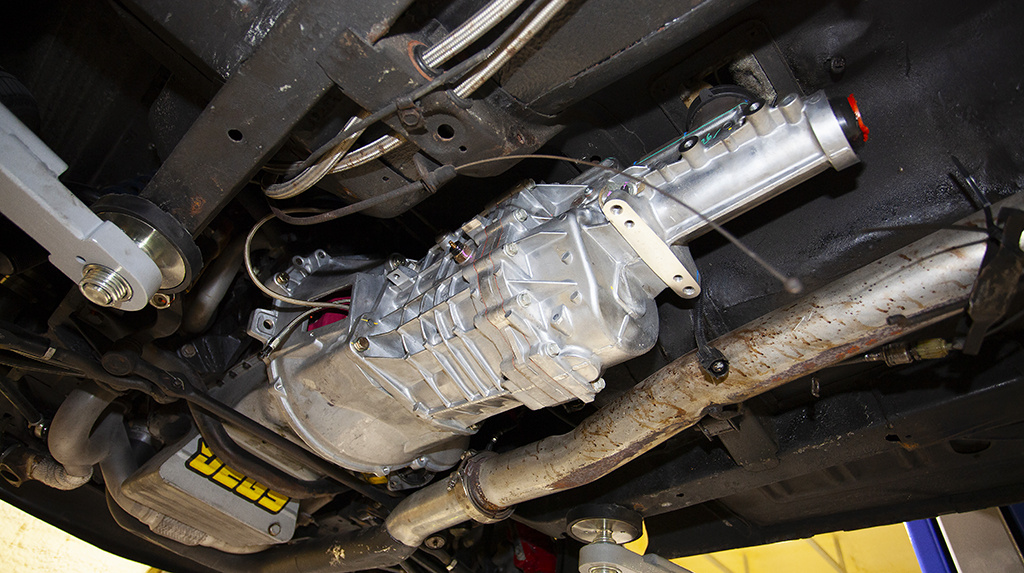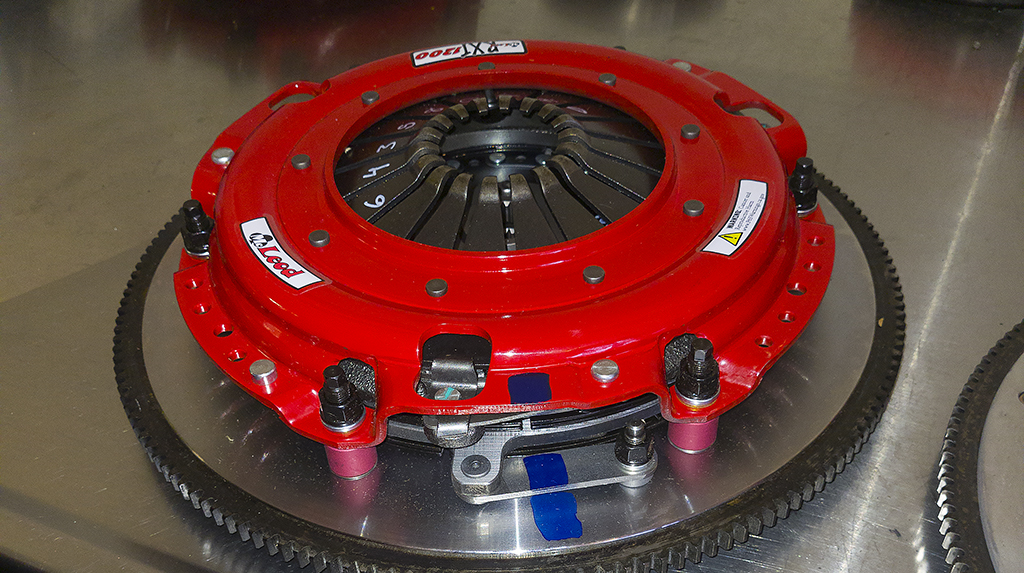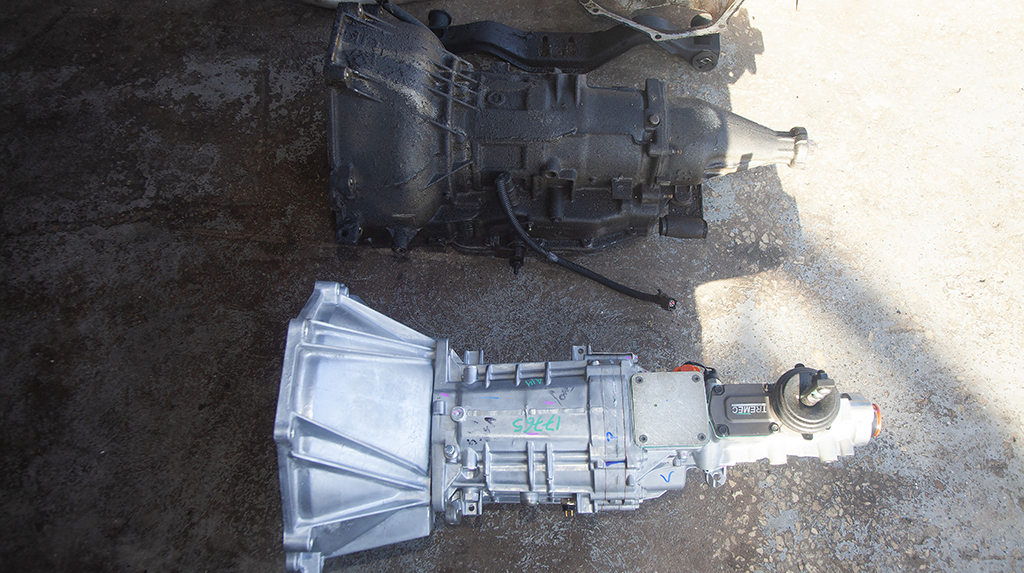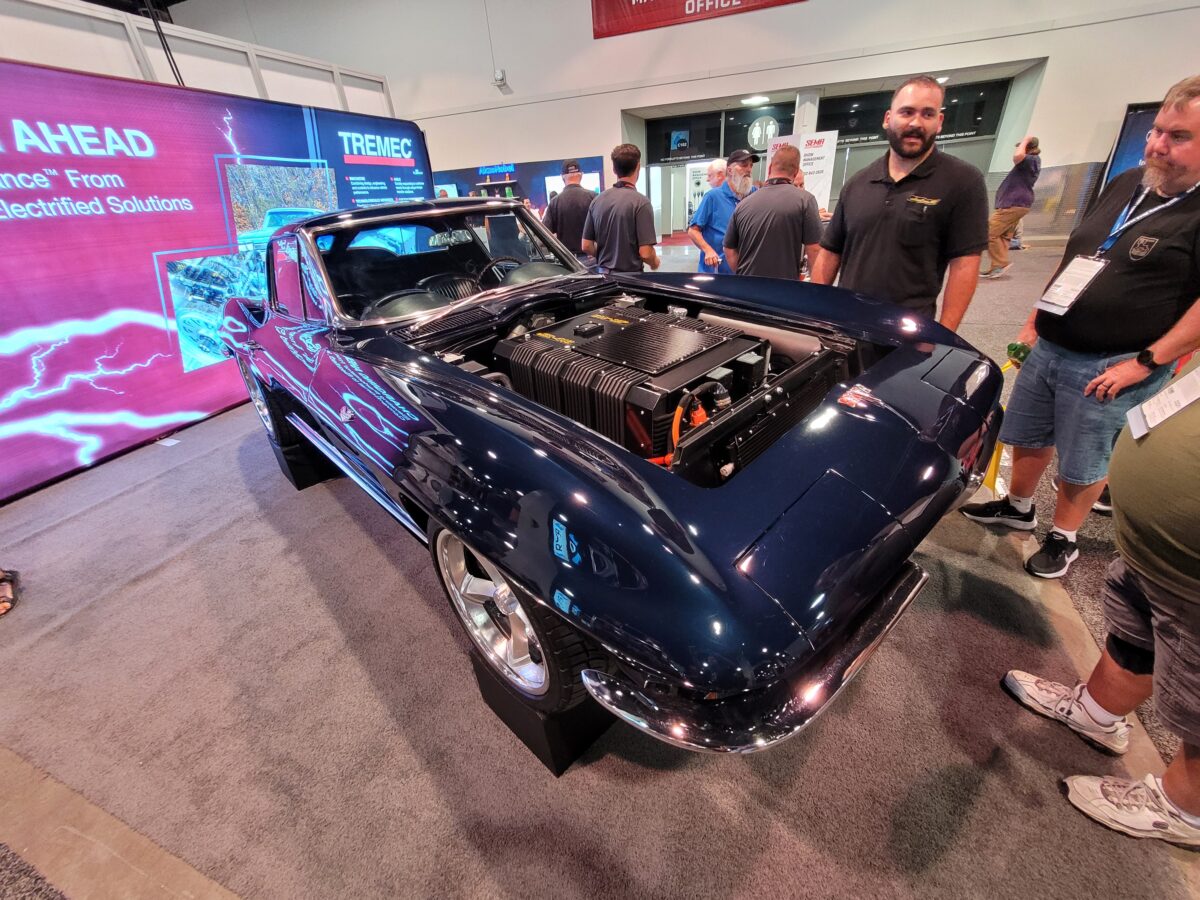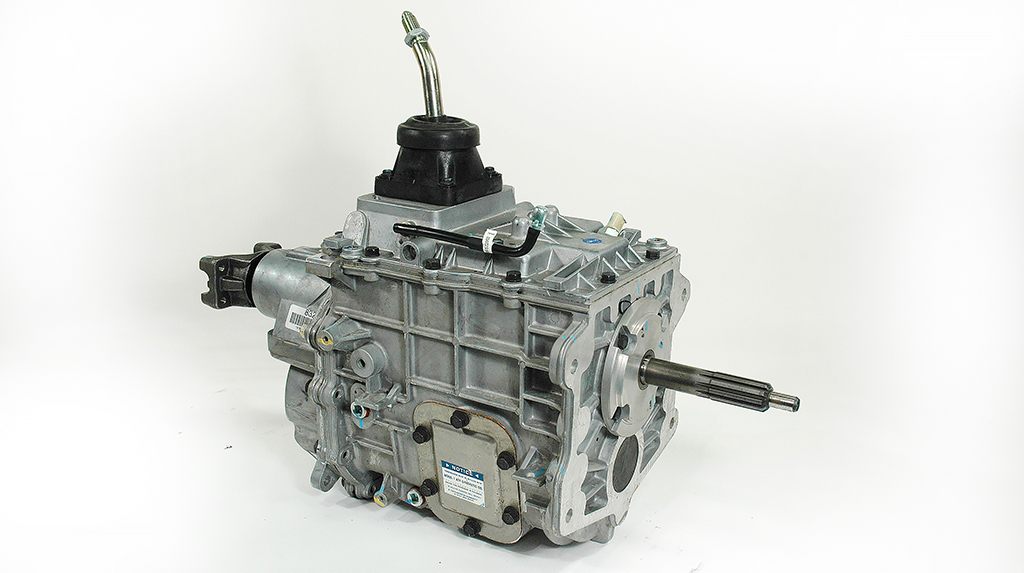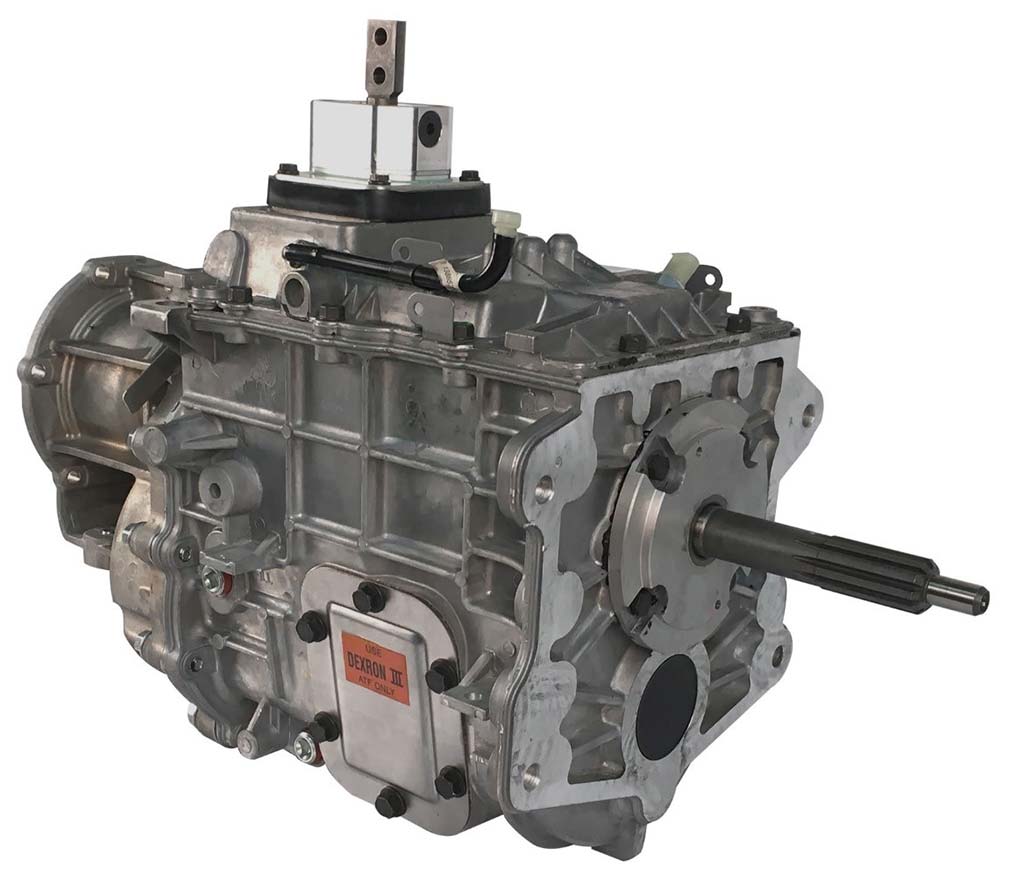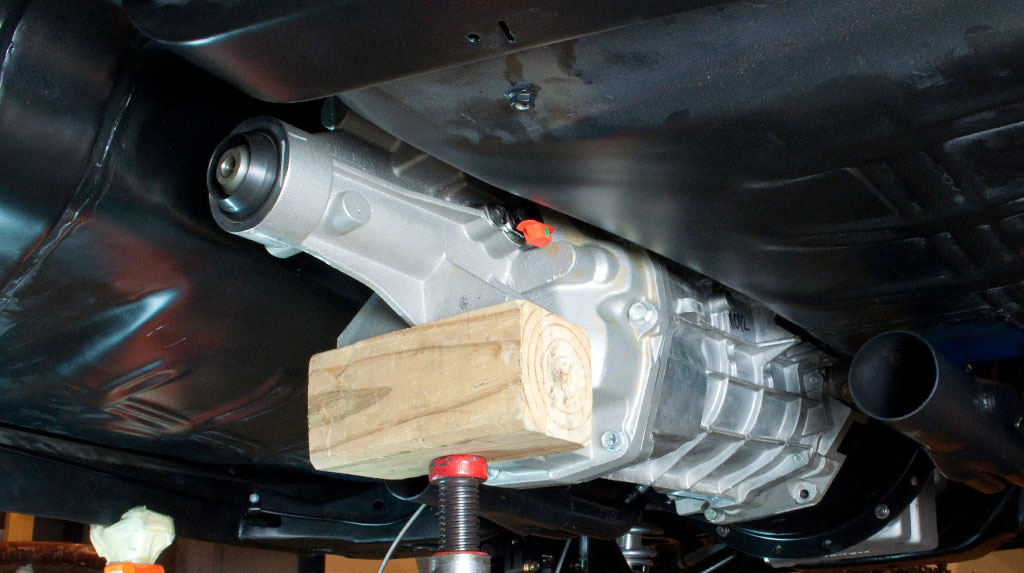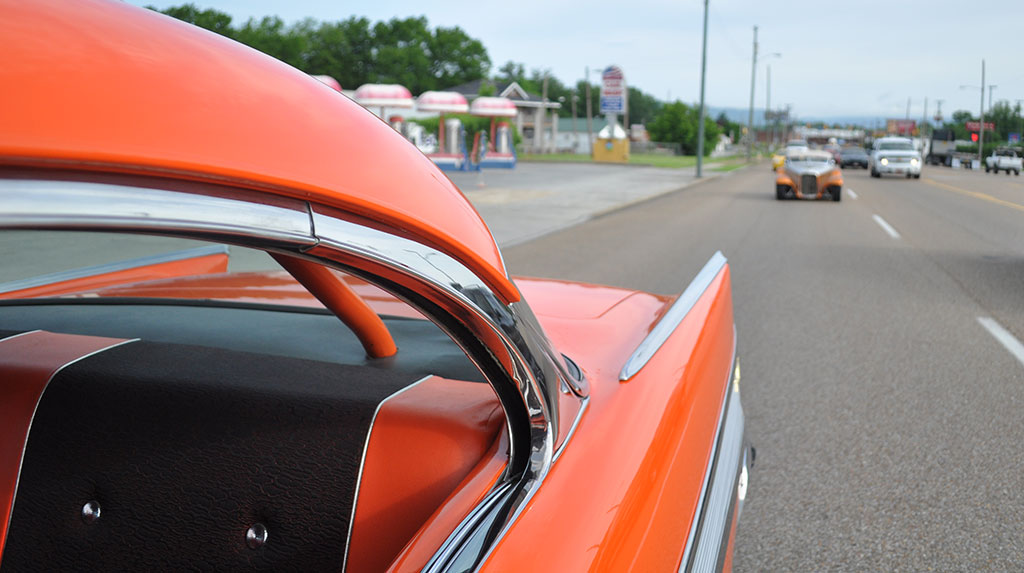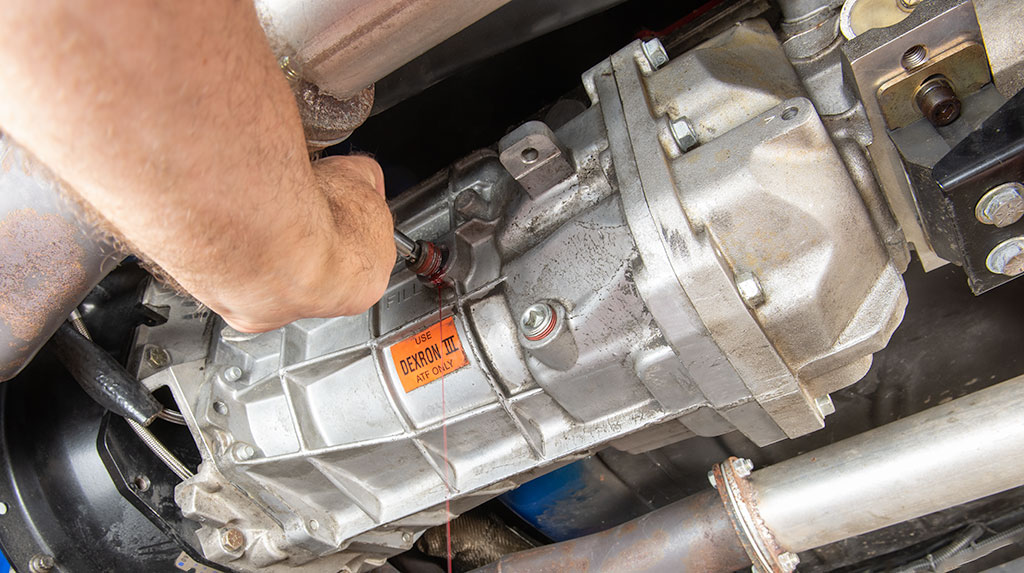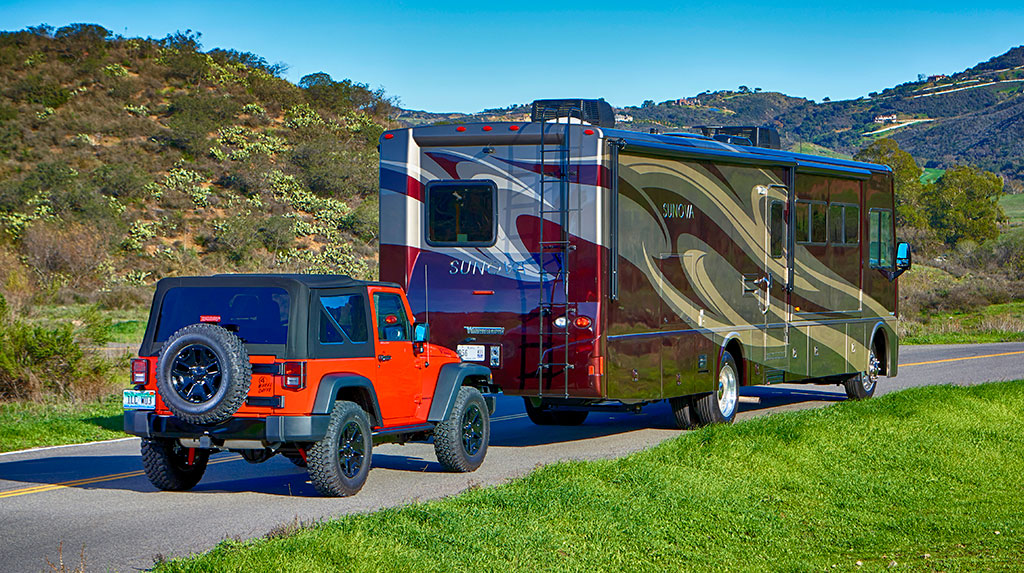Swapping a TREMEC TKX 5-speed transmission in place of an original Ford Toploader 4-speed is an easy process that transforms the way a classic car drives and feels. For this article, we photographed the transmission upgrade on a 1966 Mustang, which is a great example of how the compact TKX was designed for easy fitment in early Pony cars and muscle cars. The Ford Toploader was one of the best factory 4-speeds you could get during the muscle car era. But it is easy to see how the overdrive, increased torque capacity and improved shift feel in the modern TREMEC TKX 5-speed is a great upgrade. Read More “Swapping a TREMEC TKX 5-speed Transmission in Place of a Toploader 4-speed in a 1966 Ford Mustang”
Category: Trans & Driveline Tech
Choosing the Right Clutch to Go with Your TREMEC Transmission
Choosing the correct clutch for your car or truck is crucial for getting the best performance and driving experience with your TREMEC 5- or 6-speed manual transmission. With a clutch not suited for your car or truck’s powertrain and driving conditions, you’ll end up with not just a poor driving experience, but also increased risk of breaking drivetrain components. In race situations increased risk of clutch failure at a crucial moment that could cost you a victory. The wrong clutch means when you try to shift your own gears all you’re going to get is a grinding reverberation though the shifter followed by some choice expletives. Read More “Choosing the Right Clutch to Go with Your TREMEC Transmission”
Converting a 1979-1993 Fox Body Mustang to a TREMEC TKX 5-Speed Transmission
The TREMEC TKX 5-speed has opened up a whole new world of driving enjoyment for classic and late-model cars and trucks. But many people wonder what is really involved in converting an automatic-equipped car to a TREMEC t-speed. We recently followed along with Knights Automotive in Oveido, Florida, as they made that conversion on a Fox Body Mustang. Read More “Converting a 1979-1993 Fox Body Mustang to a TREMEC TKX 5-Speed Transmission”
TREMEC-Equipped EVs Unveiled at the 2022 SEMA Show
While most of the focus on electric vehicles (EVs) has centered on new-car production, some companies in the automotive aftermarket have been working on electric conversions for classic cars and trucks. At the 2022 SEMA Show in Las Vegas, Electric GT and TREMEC will be showcasing how new developments in EV technology can extend the life of vintage vehicles indefinitely, regardless of gasoline or diesel availability. Specifically, a 1963 Corvette and 19XX Land Rover Defender 90 will be on display in the TREMEC indoor and outdoor display booths (20057 and 81280), while Electric GT (booth 23683) will have an electric-converted 1984 Jeep Scrambler along a working eGT-413 V8 conversion system used in all three vehicles in its booth. And all with TREMEC manual transmissions! Read More “TREMEC-Equipped EVs Unveiled at the 2022 SEMA Show”
TREMEC Two-Wheel-Drive TR-4050 5-Speed Transmission Available Soon
TREMEC is excited to announce the release of a TR-4050 5-speed transmission for two-wheel-drive applications. It’s perfect for truck and SUV enthusiasts looking to upgrade their two-wheel-drive vehicle from an old 3- or 4-speed manual transmission. It’s also a great way to upgrade from a factory 5-speed with a significantly stronger unit. Read More “TREMEC Two-Wheel-Drive TR-4050 5-Speed Transmission Available Soon”
Improve Jeep and 4×4 Performance with the TREMEC TR-4050 5-speed Manual Transmission
The Jeep Wrangler is an iconic off-road vehicle. But through the years, the various models haven’t always had the best manual transmissions. For example, the Jeep YJ (1987-1995 model years) and Jeep TJ (1997-2006) lacked a decent First gear ratio, and owners found the transmissions to be less durable once larger tires and weight were added to the Jeep, including heavier axles and other off-road equipment. The factory NSG370 6-speed transmission found in the Jeep JK (2007-2018) was better, but there was still room for improvement in the eyes of Wrangler enthusiasts. The superior First gear ratio and incredible strength of the TREMEC TR-4050 5-speed manual transmission has made it a desirable upgrade not only for the Jeep Wrangler, but also many other light trucks and 4×4 SUVs. Read More “Improve Jeep and 4×4 Performance with the TREMEC TR-4050 5-speed Manual Transmission”
Common TREMEC Transmission Installation and Conversion Mistakes to Avoid
A trouble-free conversion to a TREMEC transmission starts with good planning. Selecting the right transmission for your application and knowing the accessories and parts required will prevent headaches during the installation. To give you the best tips to make installing a TREMEC 5-speed or 6-speed transmission as easy as possible, we interviewed some of our TREMEC Elite Distributors about common challenges and mistakes encountered – and how you can avoid them. Read More “Common TREMEC Transmission Installation and Conversion Mistakes to Avoid”
How to Use the TREMEC Gear Ratio Calculator
When building a vehicle, selecting a TREMEC 5- or 6-speed transmission gives you the opportunity to change the vehicle’s axle gear ratio in order to maximize the driving experience. The TREMEC Gear Ratio Calculator makes it easy to experiment with the affect that various ratios will have on the engine rpm at various speeds, letting you choose the ratio that will be best for the way you want to use your vehicle. Read More “How to Use the TREMEC Gear Ratio Calculator”
TREMEC Transmission Maintenance
Love the great performance and smooth shifting of your TREMEC Magnum 6-speed, TKO 5-speed or T-5 5-speed transmission? We thought so. And regular maintenance will keep your transmission in top-performing condition. Read More “TREMEC Transmission Maintenance”
How to Prevent Manual Transmission Damage While Flat Towing
Let’s face some facts: Air travel is challenging right now, but you still want to go on vacation. AAA recently reported that it expects Americans to take 700 million trips this summer, and 97% of that travel will be road trips. Many of you will choose a motor home for your road trip to avoid hotel rooms. If your plans include flat-towing (also called dinghy towing) your favorite manual-transmission equipped vehicle, here are some tips to help you do without damaging the transmission.
Read More “How to Prevent Manual Transmission Damage While Flat Towing”
